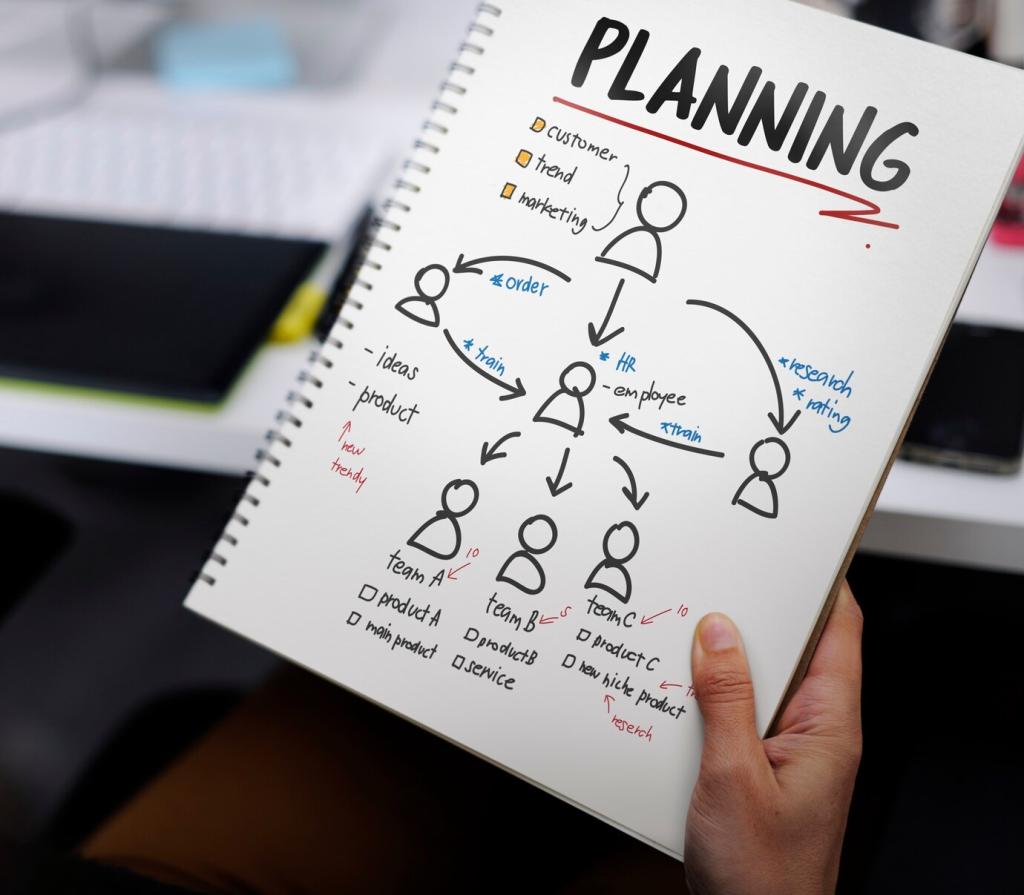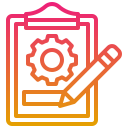Your Money, Your Map: The Importance of a Personalized Approach to Finances

Designing Your Personal Money Map
Irregular income, seasonal expenses, or caregiving costs make averages misleading. Map your cash flow month-by-month, anchor fixed bills first, and build a buffer account that absorbs surprises. If your income is lumpy, choose bill due dates and automatic transfers that align with deposit timing. What month hits you hardest?
Budget Systems That Learn Your Patterns
Choose a system that mirrors your brain: categories if you love detail, broad buckets if you prefer simplicity. Tag transactions that spark joy or regret to uncover patterns. Over time, adjust categories to match your life, not an app’s defaults. Which data point do you actually act on consistently?
Automation With an Off Switch
Automate savings, debt payments, and investing—not forever, but until you need to tweak. Add a monthly five-minute review to pause or adjust transfers as life changes. Personalization means control with convenience. What transfer could you automate this week to make the right decision happen even on your busiest day?
Privacy, Boundaries, and Consent
Track only what you willingly use. If spreadsheets calm you, great. If a paper notebook makes you consistent, perfect. If apps help, verify security and minimize permissions. Personal finance is personal; your boundary is valid. Share your favorite privacy-friendly method so others can learn and build safer habits.


Identity-Based Habits That Stick
Say, “I am the kind of person who funds my future every payday,” then prove it with a tiny transfer. Tie habits to identity and cues you already perform. The smaller the step, the bigger the staying power. What identity statement would make your next money move feel inevitable?

Friction: Add It Where It Helps
Make good choices easier and bad choices slower. Keep savings one click away; require a 24-hour pause for discretionary buys. Segment spending cards by category to create clarity. Share one friction tweak you will try this week, and check back in a month to report what actually changed.
Adapting Through Life’s Shifts
Before a job change, stockpile three to six months of essential expenses, plus a transition fund for training or downtime. Adjust insurance and retirement contributions to match the new pay rhythm. What pivot are you considering? Comment with your timeline and we’ll share a tailored pre-move checklist.
Adapting Through Life’s Shifts
Needs-based personalization matters most during caregiving, illness, or newborn months. Temporarily lower savings targets, automate bill basics, and protect sleep and sanity. Your plan should flex without guilt. If you have navigated a tough season, share one tactic that spared your finances—and your energy—when everything felt fragile.


Stories That Prove It Works
Maya stopped chasing extreme frugality and built a custom cash flow buffer instead. She aligned payments with her commission cycles and added tiny celebration checkpoints. Result: her stress dropped, and she retired a loan six months early. What timing tweak could make your next debt payment feel lighter?
